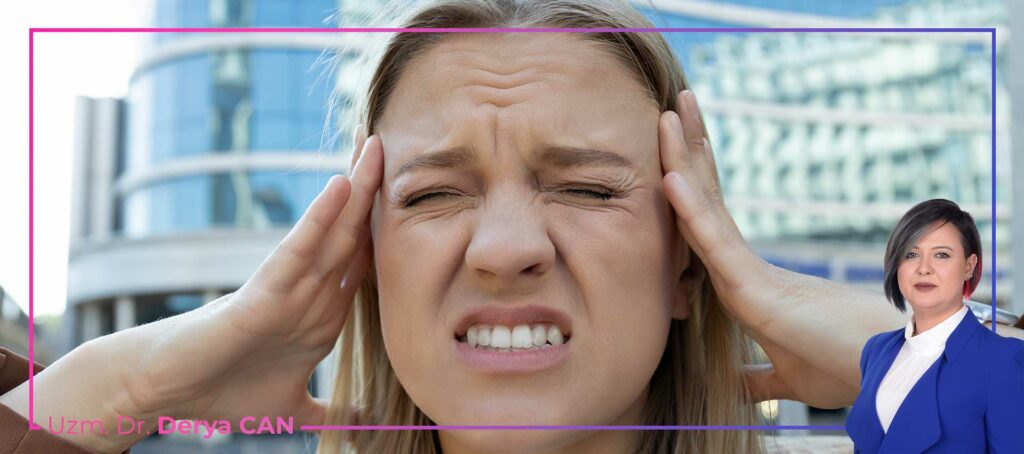Symptoms and Treatment Methods of Migraine
What Is Migraine?
Migraine is a type of headache characterized by severe symptoms that negatively impact a person’s daily life. Common symptoms accompanying migraine attacks include nausea, vomiting, difficulty speaking, numbness or tingling sensations, as well as sensitivity to light and sound. Migraines can occur in nearly all age groups and are more prevalent in women than men. Fortunately, there are many effective treatment options available to relieve the discomfort caused by migraines.
What Are the Symptoms of Migraine?
Migraine headaches are a chronic condition characterized by attacks that occur periodically. There are two main types of migraine attacks: migraine with aura and migraine without aura. Migraine pain is typically described as pulsating, throbbing, piercing, pounding, and debilitating. The pain may start mildly but can progress to moderate or severe if left untreated. It is most commonly felt in the forehead area and usually affects one side of the head. However, the pain can occur on both sides or shift from one side to the other. Most migraine attacks last about 4 hours but can extend from 72 hours up to a week if not treated. In migraines with aura, the pain may begin following the aura phase.
Migraine symptoms can appear 1 to 2 days before the onset of pain, a phase known as the prodrome. During this stage, symptoms such as changes in appetite, depression, fatigue, frequent yawning, hyperactivity, irritability, and neck stiffness may occur. In migraines with aura, the aura phase follows the prodrome. Aura can involve temporary disturbances in vision, hearing, movement, and speech. Examples of aura symptoms include difficulty speaking, tingling sensations in the face, arm, or leg, and seeing shapes or flashing lights.
Following the aura, the headache phase of migraine begins. This is the most acute and severe stage of the migraine attack and can last for hours or even days. Migraine symptoms vary from person to person but generally include:
-
Increased sensitivity to light and sound
-
Nausea and vomiting
-
Dizziness or faintness
-
Throbbing or pulsing pain on one side of the head, temple, forehead, or back of the head
After the migraine attack, individuals often experience changes in mood and emotions, ranging from extreme happiness to profound fatigue and indifference. Additionally, a mild, dull headache may persist.

